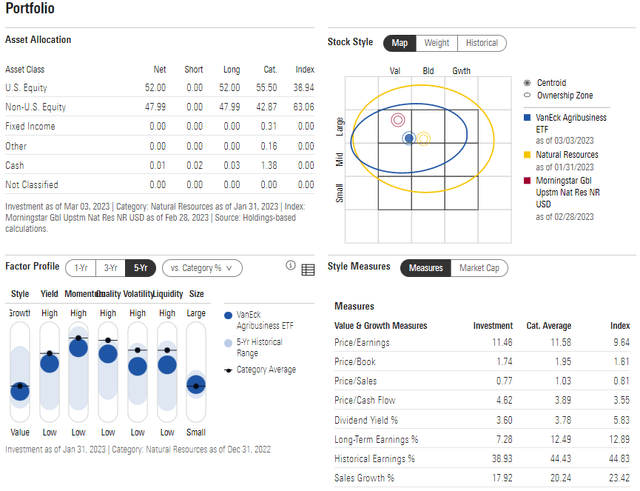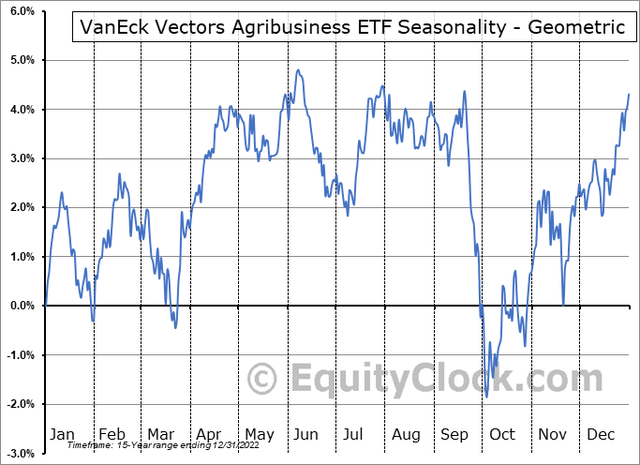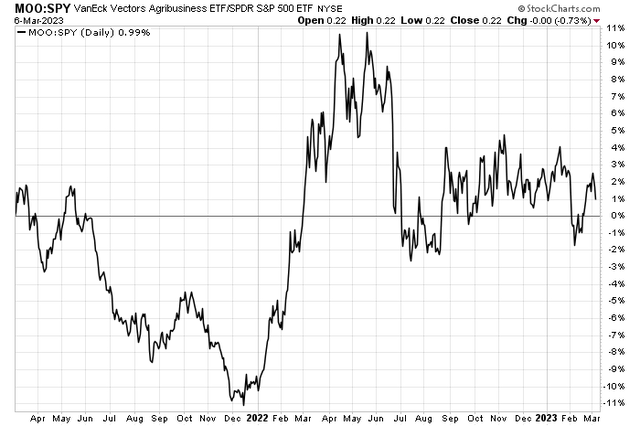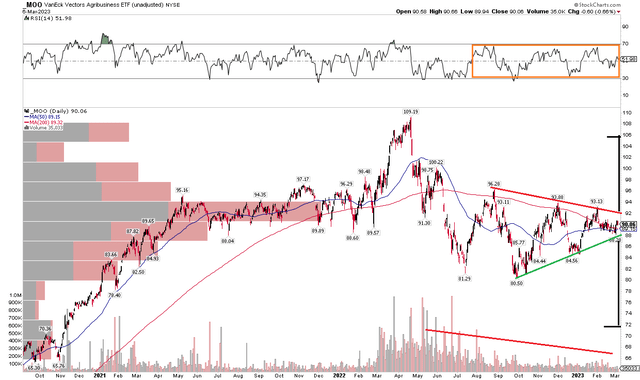MOO ETF: Agriculture Shares Sport Worth As Shares Consolidate
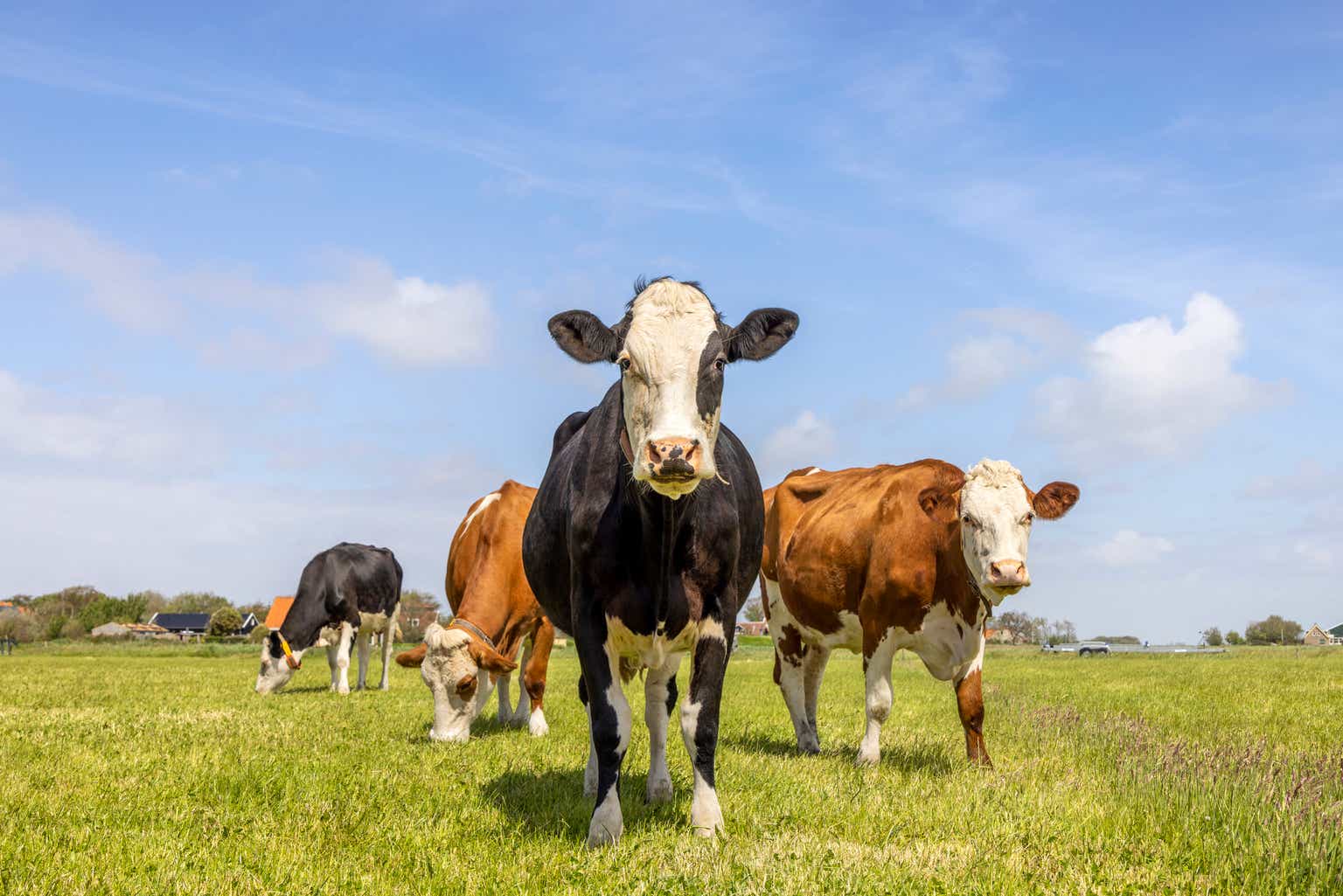
[ad_1]
Clara Bastian/iStock via Getty Images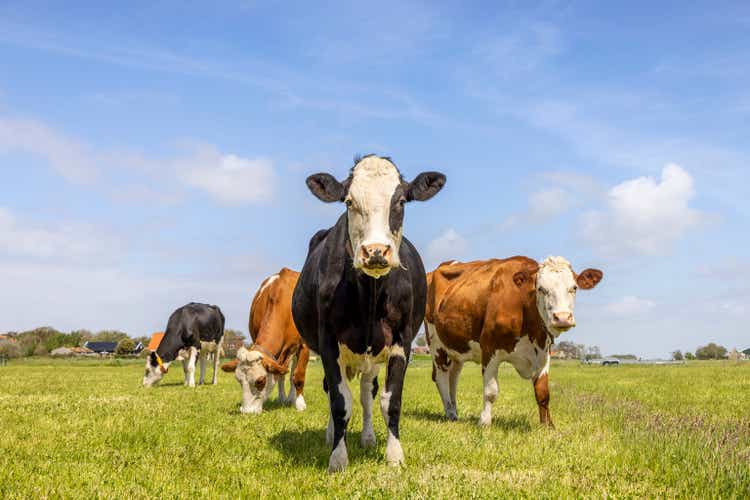
According to the issuer, the VanEck Agribusiness ETF (NYSEARCA:MOO) tracks an index composed of companies in the following businesses: agri-chemicals, animal health and fertilizers, seeds and traits, from farm/irrigation equipment and farm machinery, aquaculture and fishing, livestock, cultivation and plantations (including grain, oil palms, sugar cane, tobacco leaves, grapevines, etc.), and trading of agricultural products.
MOO ETF has an elevated 0.52% expense ratio considering it is a basic industry ETF. The fund yields a fraction over 2% with $1.3 billion in assets. Despite it being a large ETF, volume is soft at just 35,000 shares traded daily. MOO holds 52 stocks and rebalances quarterly, but don’t expect major shakeups with this fund since the industry’s components are some blue-chip names.
VanEck is a great marketer, and it positions this ETF as a way to play global population growth leading to increased food demand and the need for agricultural technology improvements. Only firms with at least 50% of revenue from agribusiness are allowed in the index and ETF. MOO has a 4-star Morningstar rating for its performance and fees. Tradeability is decent with an 11-basis-point median 30-day bid/ask spread.
Digging into the portfolio, the fund falls in the upper-right large-cap value quadrant of the Morningstar Style Box, but is not far from a mid-cap blend fund. Still, the factor view shows MOO has skewed to value with a moderate yield and elevated momentum and volatility.
Trading under 12 times earnings, with a solid long-term earnings growth rate, I see the fund as a reasonable play on valuation.
MOO Portfolio & Factor Profiles
MOO has international diversification while the sector positioning is concentrated in four areas with a major overweight compared to the S&P 500 in the resource-heavy Materials sector. Staples provide some beta ballast while agricultural-focused Industrial names and Health Care firms round out the portfolio. Thus, it’s not exclusively a commodity/equity play.
MOO Country and Sector Exposure
MOO tends to struggle from mid-April through mid-September, according to Equity Clock. So, we are near the end of its usual bullish seasonal run from early October through mid-April.
MOO Seasonality: Some Near-Term Bullish Potential
Relative to the broad market, MOO has meandered since Q3 last year after a major thrust higher from late 2021 through early Q2 last year around the commodity boom that coincided with Russia’s invasion of Ukraine. So relative strength is not impressive at the moment.
MOO Relative Strength Neutral Since Q3 2022
The Technical Take
With a good valuation, cautious seasonals, and lackluster relative strength, I see a basic coil consolidation pattern on the chart. Notice in the graph below that shares have put in a series of lower highs and higher lows since last summer. The symmetrical triangle comes as the RSI momentum gauge ranges in the neutral 30 to 70 zone. If the fund moves above $93, a measured move price objective to near $106 would be in play.
A bearish breakdown would yield a $74 target. Also buttressing the consolidation case is the volume profile which shows declining shares traded since Q2 last year. Watch for a high-volume breakout or breakdown from this wedge. Big picture, the presumption is that this consolidation resolves lower since it comes after a downturn following the $109 peak.
MOO: Coil Pattern, Watching For A Breakout or Breakdown
The Bottom Line
Ag stocks continue to fade from the headlines. With a good valuation but a somewhat concerning chart, there are mixed signals. Overall, though, I’m bullish but am monitoring the $84 to $88 range on the chart.
[ad_2]










